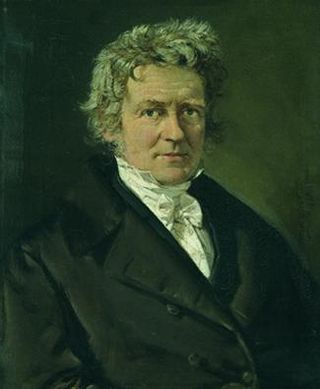
Friedrich Wilhelm Bessel was a German astronomer, mathematician, physicist, and geodesist. He was the first astronomer who determined reliable values for the distance from the sun to another star by the method of parallax. Certain important mathematical functions were named Bessel functions after Bessel's death, though they had originally been discovered by Daniel Bernoulli before being generalised by Bessel.
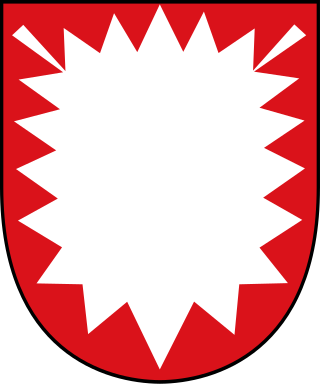
Holstein is the region between the rivers Elbe and Eider. It is the southern half of Schleswig-Holstein, the northernmost state of Germany.

Prof Heinrich Christian Schumacher FRS(For) FRSE was a German-Danish astronomer and mathematician.

Glückstadt is a town in the Steinburg district of Schleswig-Holstein, Germany. It is located on the right bank of the Lower Elbe at the confluence of the small Rhin river, about 45 km (28 mi) northwest of Altona. Glückstadt is part of the Hamburg Metropolitan Region.
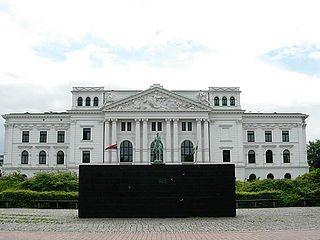
Altona, also called Hamburg-Altona, is the westernmost urban borough (Bezirk) of the German city state of Hamburg. Located on the right bank of the Elbe river, Altona had a population of 270,263 in 2016.
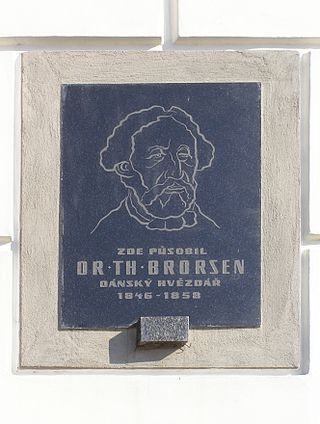
Theodor Johan Christian Ambders Brorsen was a Danish astronomer. He is best known for his discovery of five comets, including the lost periodic comet, 5D/Brorsen, and the periodic comet 23P/Brorsen-Metcalf.

Christian August Friedrich Peters was a German astronomer. He was the father of astronomer Carl Friedrich Wilhelm Peters. He was born in Hamburg and died in Kiel.

Johann Georg Repsold was a German manufacturer of scientific instruments, astronomer, and fireman. He began to make astronomic instruments mainly for his own use. His third son Adolf Repsold continued the well-known astronomical instrument firm as the A. & G. Repsold company, which later became A. Repsold und Söhne.
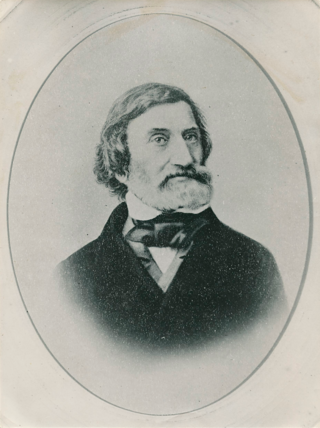
Carl Ludwig Christian Rümker was a German astronomer.

The Berlin Observatory is a German astronomical institution with a series of observatories and related organizations in and around the city of Berlin in Germany, starting from the 18th century. It has its origins in 1700 when Gottfried Leibniz initiated the "Brandenburg Society of Science″ which would later (1744) become the Prussian Academy of Sciences. The Society had no observatory but nevertheless an astronomer, Gottfried Kirch, who observed from a private observatory in Berlin. A first small observatory was furnished in 1711, financing itself by calendrical computations.

The Duchy of Saxe-Lauenburg, was a reichsfrei duchy that existed from 1296 to 1803 and again from 1814 to 1876 in the extreme southeast region of what is now Schleswig-Holstein. Its territorial center was in the modern district of Herzogtum Lauenburg and originally its eponymous capital was Lauenburg upon Elbe, though the capital moved to Ratzeburg in 1619.

Hamburg Observatory is an astronomical observatory located in the Bergedorf borough of the city of Hamburg in northern Germany. It is owned and operated by the University of Hamburg, Germany since 1968, although it was founded in 1825 by the City of Hamburg and moved to its present location in 1912. It has operated telescopes at Bergedorf, at two previous locations in Hamburg, at other observatories around the world, and it has also supported space missions.

Richard Reinhard Emil Schorr, was a German astronomer.

Astronomische Nachrichten, one of the first international journals in the field of astronomy, was established in 1821 by the German astronomer Heinrich Christian Schumacher. It claims to be the oldest astronomical journal in the world that is still being published. The publication today specializes in articles on solar physics, extragalactic astronomy, cosmology, geophysics, and instrumentation for these fields. All articles are subject to peer review.
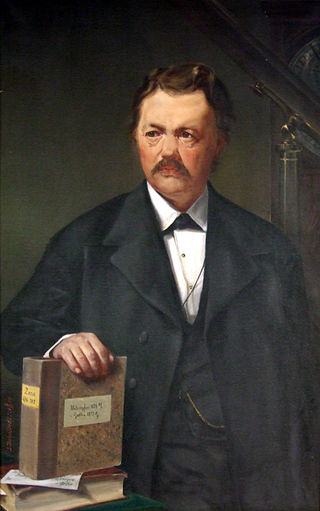
Karl Nikolaus Adalbert Krueger was a German astronomer. Born in Marienburg, Prussia, he was editor of Astronomische Nachrichten from 1881 until his death.
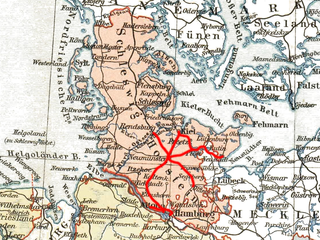
The Altona-Kiel Railway Company was a joint-stock company, established under the law of Denmark in personal union with the Duchy of Holstein, that built and operated an 105 km railway line between Altona and the Baltic Sea port city of Kiel. Altona was at that time the second largest city under Danish rule and the railway line was the first built in Danish-controlled territory.
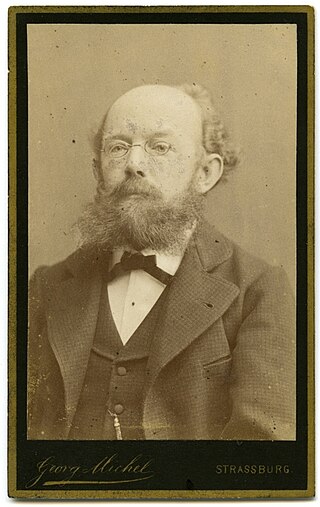
Adolph Christian Wilhelm Schur, RAS Associate was a German astronomer and professor of astronomy at the University of Göttingen. He held important positions at multiple observatories throughout his career, namely deputy director of the Strasbourg Observatory and director of the Göttingen Observatory. His main work was in astrometry, although he focused on publishing astronomical catalogues in his later life.

Altonaer Museum is an art museum in the suburb of Altona in Hamburg, Germany. The museum association was established in 1863, when Altona was still part of Denmark. The museum has a collection of over 300 000 objects connected to the cultural history of Northern Germany.
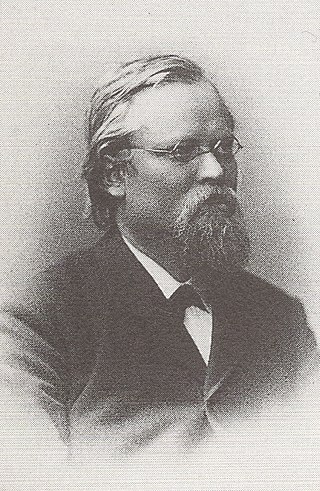
Carl Friedrich Wilhelm Peters was a German astronomer. His key work was on studies of chronometers and the effect of temperature and humidity on their accuracy.

The Braak Base Line was the baseline for the state survey of the Duchy of Holstein, the Danish state, the city of Hamburg and the Kingdom of Hanover. Its length was measured in 1820/21 by Heinrich Christian Schumacher between the two trigonometric points near Braak in the district of today's Brunsbek in the district of Langelohe and Ahrensburg. After the reduction by Christian August Friedrich Peters in 1853, the length was determined to be 3,014.45115 toises.























